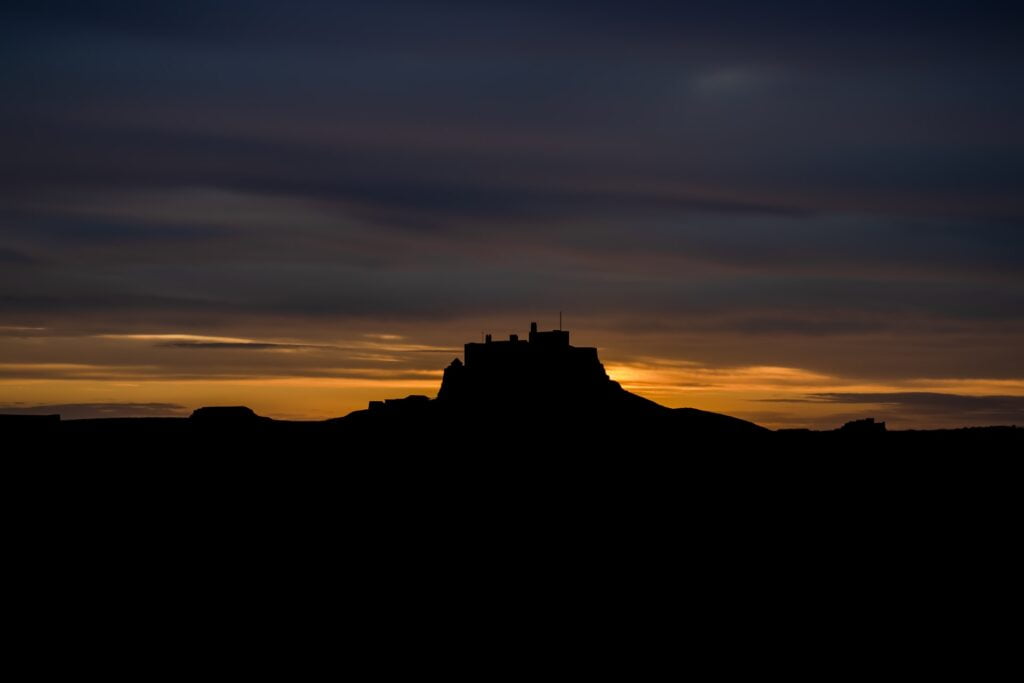
Photo by Louis Watson on Unsplash
You’d be hard pressed these days to find a lifestyle magazine, social media platform or Sunday supplement that doesn’t devote a sizeable chunk of its content to the increasingly popular staycation phenomenon. Unable to travel abroad due to COVID-19 restrictions, Britons have embraced the staycation in unprecedented numbers, the like of which haven’t been seen since the advent of the package holiday over half a century ago.
For me this wasn’t as seemingly novel as it appeared to be to many online influencers. Growing up in a working-class family of six during the 80s and early 90s, we only ever holidayed in Cornwall, the Lake District or Wales. Every summer we’d cram ourselves and our luggage into a car and leave our semi-detached in Skelmersdale behind for a week. This was much more intrepid than it sounds – remember these were the days before Google Maps – and finding ourselves perched on Cornish cliff top roads with a trailer tent in tow certainly got the adrenaline pumping. So I was hoping for something a little more serene when I headed off with my husband and dog on our campervan staycation to Northumberland in 2020, with Lindisfarne set firmly in our sights.
The reason for this pilgrimage to Holy Island wasn’t my lapsed Catholicism – believe it or not I was actually an altar boy and my confirmation name is Xavier – but rather the fact I’d studied A-Level medieval history at St John Rigby College in Orrell. In between learning about papal schisms and such, I became interested in gilded medieval manuscripts, the most bling worthy of which being the Lindisfarne Gospels. These illuminated masterpieces were compiled in an 8th century monastery on the island, and expertly combined Anglo-Saxon, Celtic and Mediterranean elements. Although they successfully escaped Viking raids, they couldn’t evade Henry VIII’s Reformation and dislike for all things monastic. With the destruction of the monasteries, the Gospels were moved to the mainland and took refuge in Durham Cathedral. Eventually they ended up in London in the possession of Sir Robert Cotton in the 17th century. Like lots of private collections, Cotton’s was donated to a museum, the British Museum to be precise. By the 1970s they’d taken up residence in the British Library – the bibliophilic offspring of the British Museum.
So, you can imagine my indignation after travelling just over 200 miles from Manchester to discover the manuscripts were nowhere to be seen. Upon realising our error, and after swiftly polishing off a dressed crab sandwich each, we hopped back in the campervan and drove another 350 miles from Lindisfarne to London. Of course, I’m pulling your leg and I think my husband would’ve pulled something else had this been true, bearing in mind he’s the only one of us who can drive. I was well aware that the Gospels resided in the fashionable London borough of Camden, but that didn’t stop me feeling slightly bereft that I was unable to encounter them on their home turf.
The North Sea had battered and beautified the Northumbrian coastline, as had the waves of people and wildlife who’ve called it their home, and the very same phenomena provided the perfect place for the creation of these medieval marvels. If place is integral to our understanding and appreciation of art, culture and heritage, and if art, culture and heritage have the power to support placemaking, what does this mean for the future of artworks, ancestral human remains, and cultural heritage items removed from their original context and deposited in distant collecting institutions?
Over the past several decades the largest of these nationally funded collecting institutions, including the aforementioned pair, have embarked on a nationwide programme of sharing collections on a time limited basis. In fact, the Lindisfarne Gospels have temporarily returned to the North East on several separate occasions, and in July County Durham listed the manuscripts in their UK City of Culture 2025 bid. But calls for a permanent return remain, and it was only 15 years ago that a group of 44 MPs – including the current Speaker of the House of Commons Sir Lindsay Hoyle and ex-Labour leader Jeremy Corbyn – were signatories to the parliamentary motion ‘Return of the Lindisfarne Gospels to Durham Cathedral’.
I wouldn’t be surprised if this move wasn’t in part inspired by the actions of fellow Labour MP Bernie Grant who campaigned tirelessly for the return of the Benin Bronzes – a remarkable set of sculptures ruthlessly looted by British soldiers in 1897 in a bloody assault on the people and city of Benin, now in modern day Nigeria. He also supported wider efforts to return cultural heritage, asking the question “Is the Labour party still committed to the return of the Elgin marbles?” during the ‘Return of Cultural Objects’ parliamentary debate in 1994.
Bernie knew that by putting cultural heritage back in its place, not only could historic injustices be addressed but communities and economies would also directly benefit. That’s why, amongst many other reasons – including his opposition to Section 28 – Bernie remains a political idol of mine.
The return of artworks, cultural heritage items and ancestral human remains to their rightful homes shouldn’t be framed as parochial, provincial or politically malign, but as a long overdue exercise in cultural democracy. People across the UK and around the world should be able to encounter cultural heritage in the places that are integral to its meaning, manufacture and maintenance. If public bodies responsible for funding art, culture and heritage in the UK are committed to placemaking, then the redistribution of cultural heritage from national collecting institutions needs to be taken seriously.
In my experience communities take this very seriously, and if you’re in any doubt just take a listen to the 1987 song ‘Lindow Man We Want You Back’. It was the accompanying anthem to a campaign launched by locals to get Lindow Man – an Iron Age bog body discovered at Lindow Moss in Cheshire and subsequently taken to the British Museum – permanently returned to the region. Although they were unsuccessful at the time, attitudes have since shifted significantly and who knows, perhaps Lindow Man’s staycation in Room 50 at the British Museum will eventually draw to a close.
Filed under: Community
Tagged with: art objects, artworks, British Museum, collection, community, Heritage, Holy Island, items, Lindisfarne, Lindow Man, local, London, manuscripts, museum, origin, place, remains



Comments